King's Field Sidegames: FromSoftware's Foray Into Phones and More
Exploring the rare (and largely inaccessible) mobile and PSP games
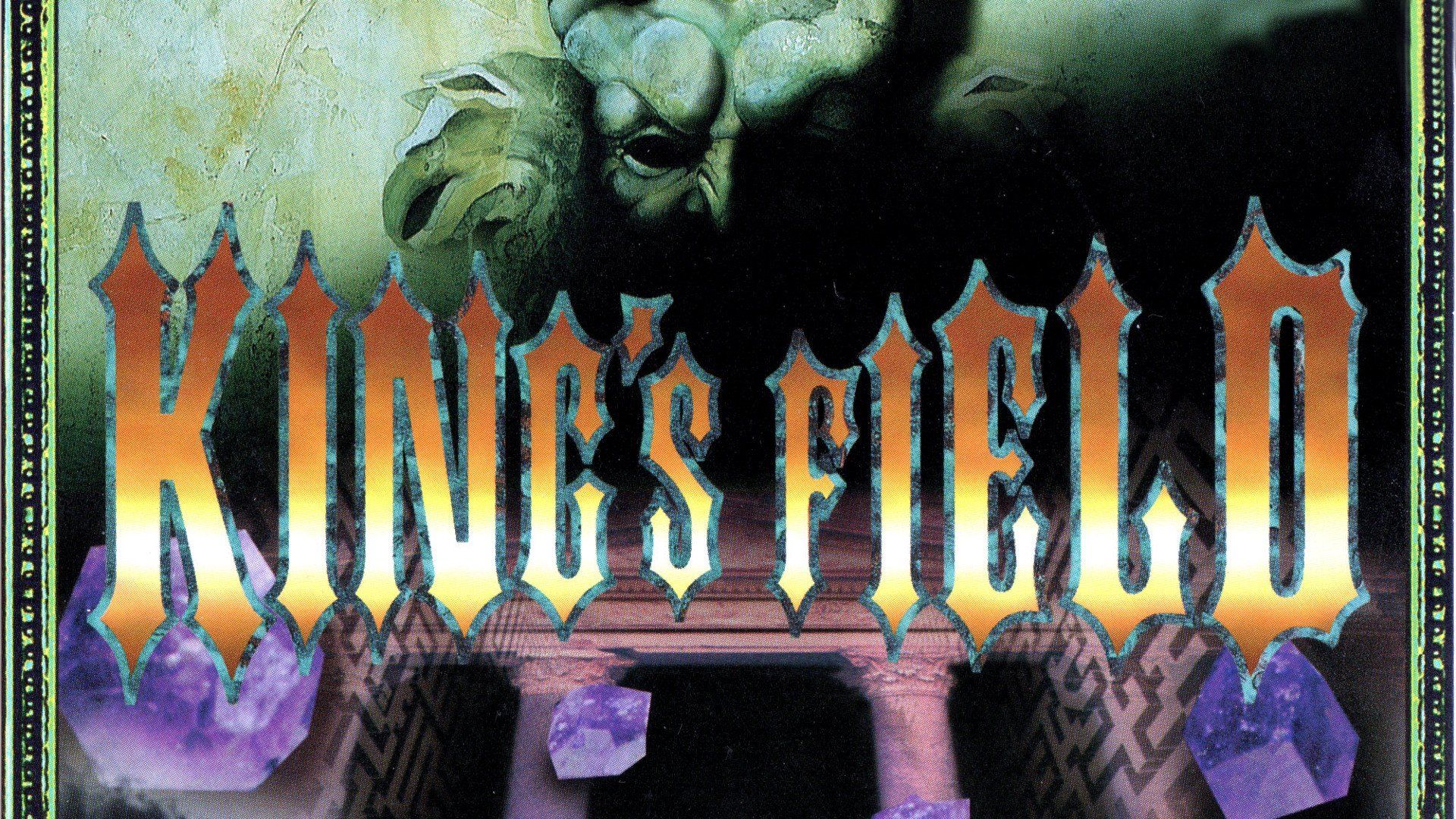
If you read my previous King's Field stories and wanted more, then I have good news and bad news. The good news is that I'll be covering all of the side games here. The bad news is that the phone-based games are essentially lost media at this point, so there's very little available information on them.
King's Field 3: Pilot Style

This demo was originally distributed at the first Tokyo Game Show in August 1996 and is based on the initial area of the franchise's third instalment. But this isn't just a cut of the main game; the events of the demo occur before those of the final game, and there's a mini-dungeon here that isn't present in King's Field 3.
Originally only available in Japanese, John Osborne (who also worked on the unofficial translation for the first King's Field game) translated it into English.
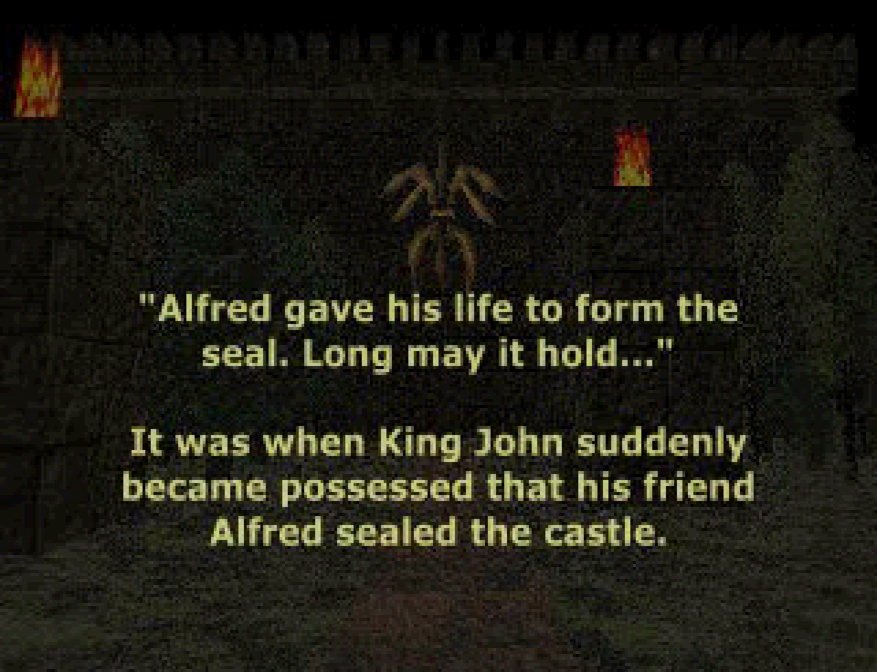
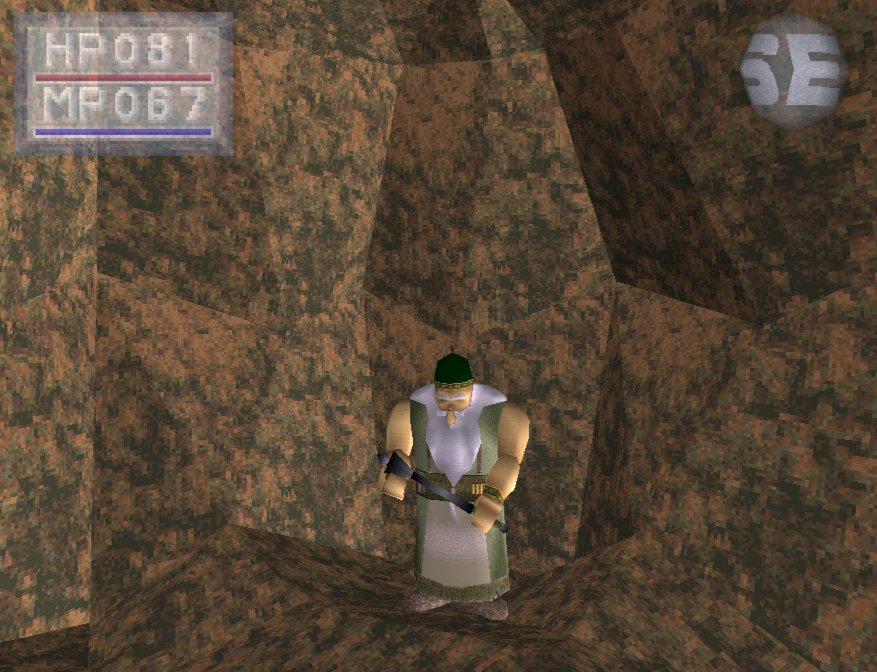
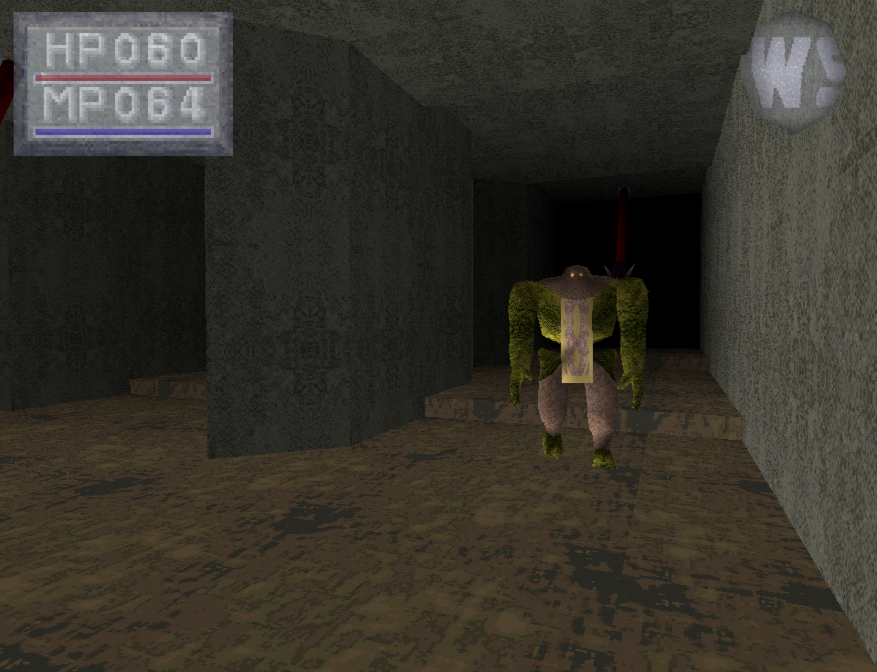
Source: Author.
In the demo, we control Commander David Silviera (or at least, that's how his name was localized in America), who is looking for the sword of the moonlight that was stolen after the king turned evil. There aren't many characters in the demo itself, although some of the ones who do appear can also be found in the final game (the grave digger, for example, who hasn't yet found any valuables to sell, as well as a gnome merchant who we can buy equipment from).
Visually, the demo is virtually identical to the complete version of the game. And the gameplay is mostly unchanged, save for the fact that status effects are less deadly in the demo. Also, the demo is both easier and shorter than the main game, and can be finished in about an hour.
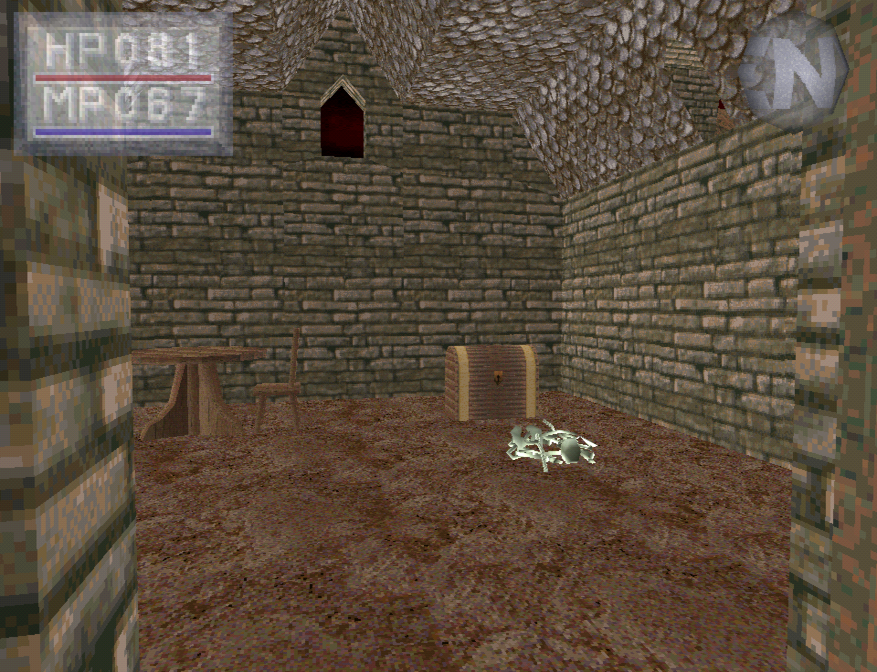
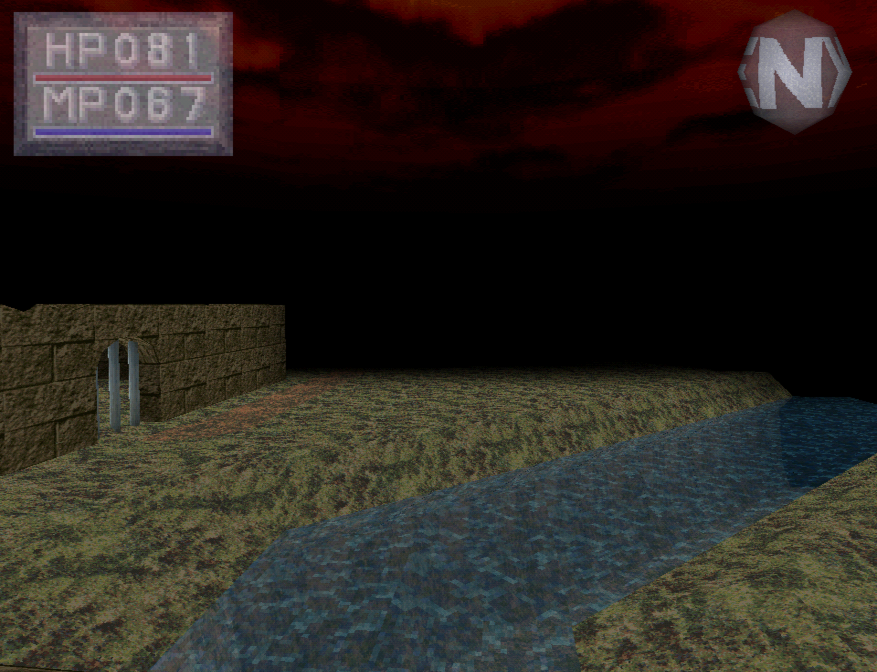
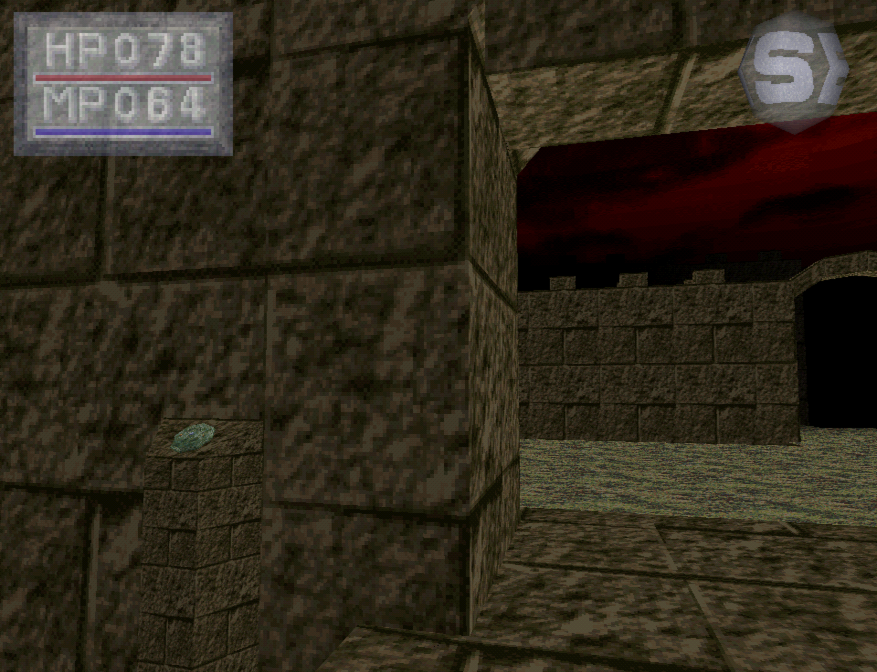
Source: Author.
Mobile Versions
There were three versions of King's Field for feature phones. And this, dear reader, is where the bad news begins; these games are lost to history. It doesn't help that Japanese feature phones tend to get locked after the service period ends, which usually means apps that come with the phone (including games you paid for) become inaccessible (a problem further exacerbated by DRM). As a result - and as far as I'm aware - there is no way to access these games today, and the information I was able to dig up about them is scarce.
King's Field
Released in 2004 for a price of ¥525 (or roughly $5USD), King's Field features 3D environments and enemies (just like the original), but it appears that textures were greatly simplified to reduce the memory footprint (all the screenshots features on its web site have the same wall textures). While obviously simplified to a degree, this iteration doesn't look so different from the original upon which it is based.
Despite the name being identical to the original PlayStation version (and the fact that the PSX release is mentioned on the web site itself), this mobile phone version doesn't appear to be a straight port. Some content, like magic, is apparently absent from the mobile phone release (although equipment still exists). Having said that, this version does include some notable additions (like auto-mapping and quick save features).



You might remember these guys from the PSX games. Source: FromSoftware.
King's Field EX
Released in the same year and for the same price (though you'd pay slightly less if you owned the previous game), King's Field EX features a revised map layout and textures. And while the game's description specifies "varied terrain", all the environments they actually show look pretty similar.
The only major change mentioned here over the previous game is the inclusion of one-way doors (personally, that's a feature I'd rather not see).
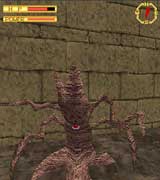
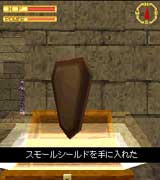
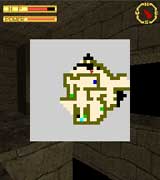
Source: FromSoftware.
King's Field Mobile II
Release in December 15 for the same price (this time with no discounts if you own any of the prequels), King's Field Mobile II features significantly improved graphics (screenshots actually do show varied environments, and monsters and textures are much more complex than before).
Also, magic is finally available in this version, and there's a target lock system in place to be able to keep your focus on an enemy as you move around; so, combat was refined along with the graphics.
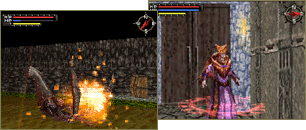
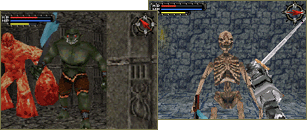
Source: FromSoftware.
Computer Version (kinda)
In the year 2000, FromSoftware released Sword of Moonlight: King's Field Making Tool (SOM), and although it contains a remake of the original game, it was really intended to be an example for players to create their own games. This version was only sold at retail in Japan, but the King's Field community eventually got it translated into English.
In fact, community efforts eventually included extending the capabilities of the engine itself, ensuring it would work with newer operating systems, fixing bugs, etc... This fan-enhanced version is called Sword of Moonlight/Ex, and it's the version that is currently used by people developing games with SOM. There are some completed projects made by fans too, although some are inspired by the franchise and aren't necessarily using SOM.
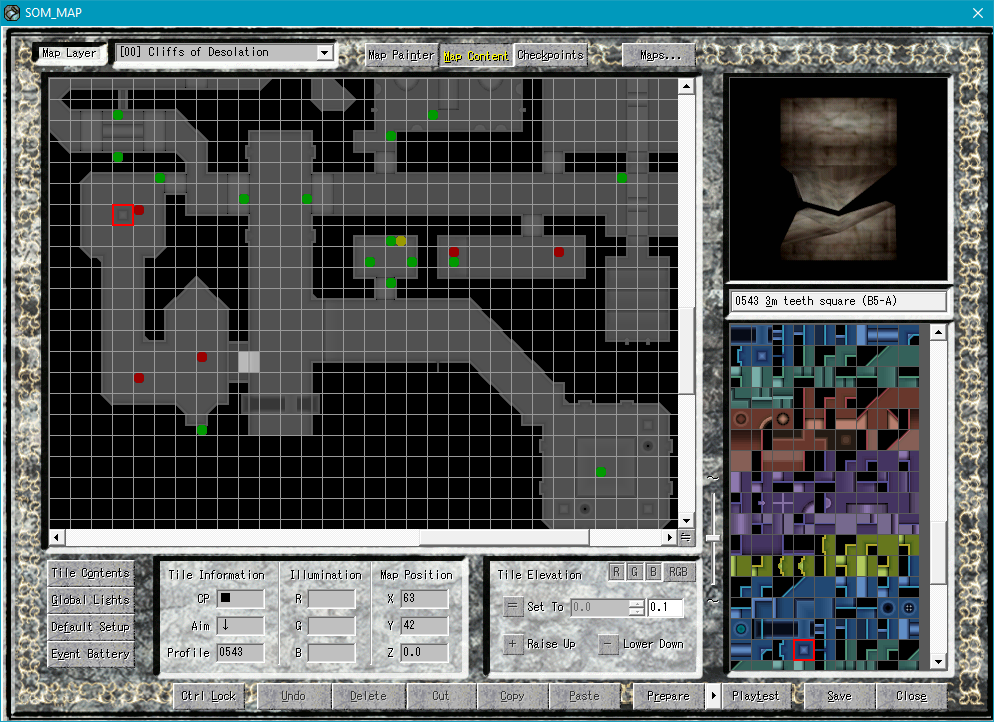
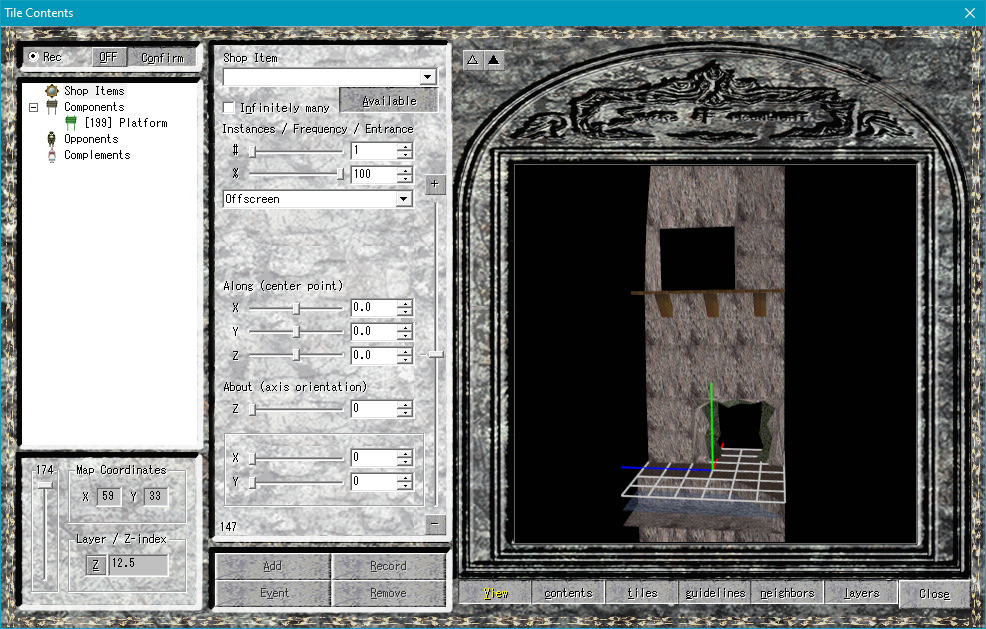
Source: Sword of Moonlight forum.
PlayStation Portable Versions
The PSP received two games that were actually based on the "bad ending" of the third game (the ending where the protagonist defeats his father, the king, only to be controlled by the same corrupting force).
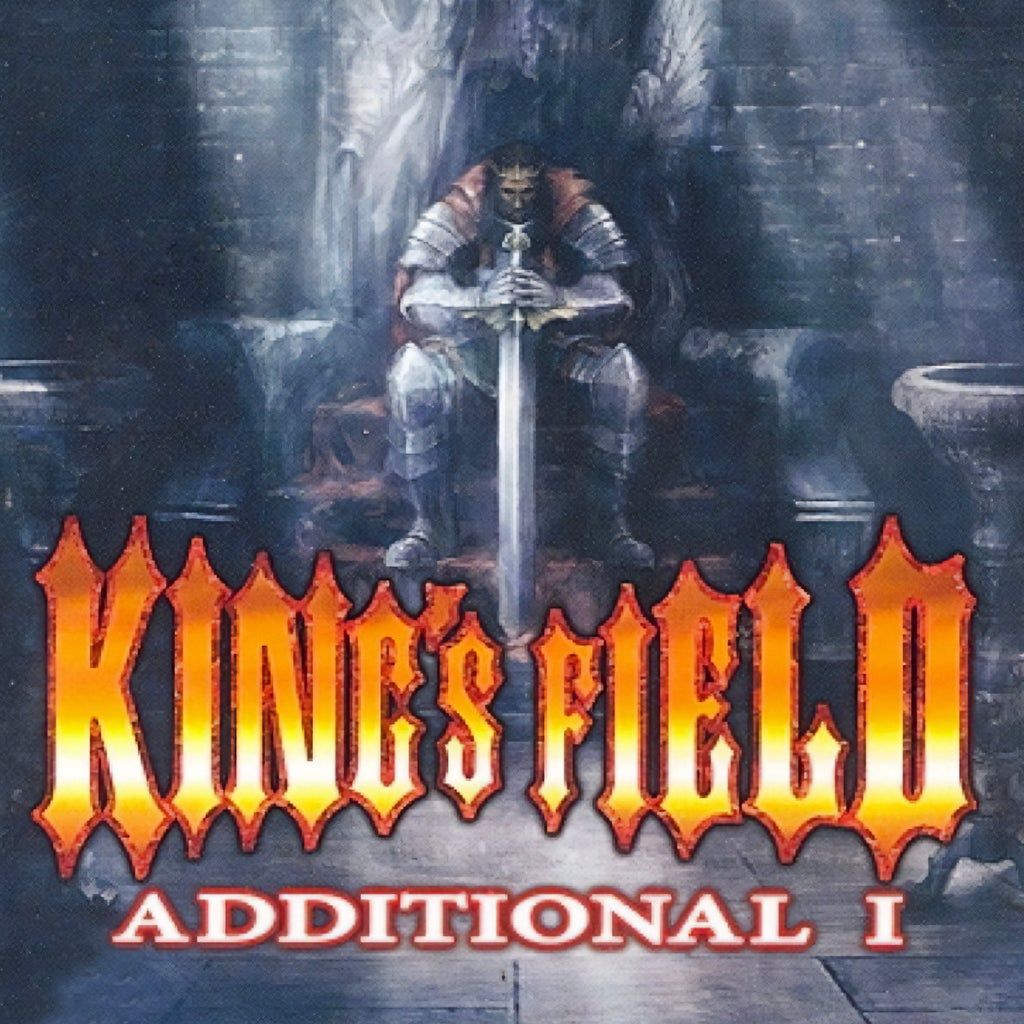
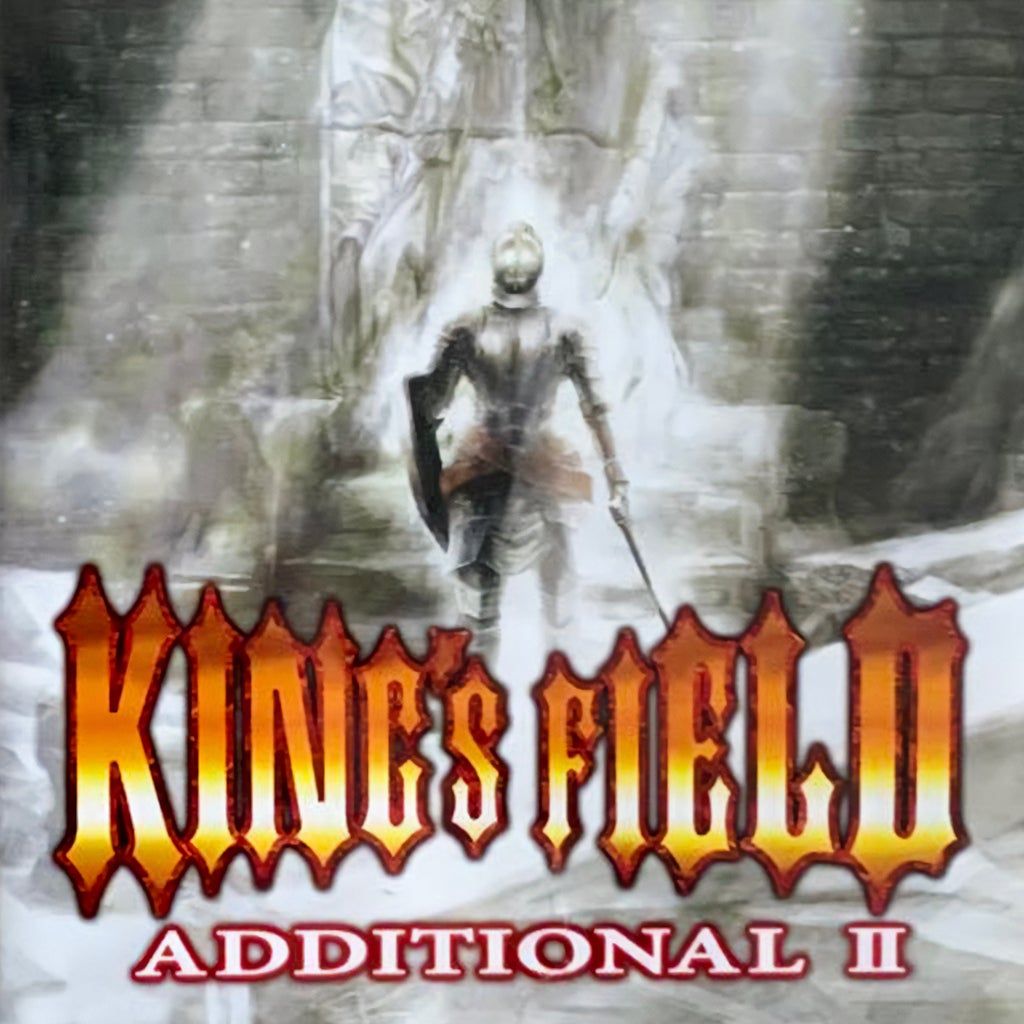
Source: IGN.
While these games include the King's Field name, they don't play anything like the previous entries. These are grid-based dungeon crawlers where we turn 90 degrees and so on (as opposed to moving around in all directions in real-time). These versions never left Japan or received fan translations.
Because these two titles are essentially the same game, I'm going to be talking about King's Field Additional I and Additional II together (in fact, they only released one month apart, with the first launching on July 20, 2006 and the second launching on August 24).
Story

In addition to spoilers, the following section requires a background knowledge of King's Field lore. If you're unfamiliar with the general story/premise, world and characters, it might be advisable to skip this section.
At some point after the events of King's Field 3, the king of Rikstria gets driven out by his subjects because they consider him to be a plunderer. Ten years have passed and, worried he might ascend the throne again, a party is formed to finally hunt him down. He's believed to be inside a maze next to Trauzit town, however, those who entered the town found themselves fighting monsters; the protagonist barely gets out alive, needing a full year to recover from his wounds. Despite his defeat, he's ready to try again after hearing rumors that a surviving member of his party has been roaming the maze.
While the situation isn't as bleak as in King's Field 3, people have nevertheless lost loved ones to monsters in the maze, while others are still missing (a kid will ask us to find his father who has yet to return, for example).
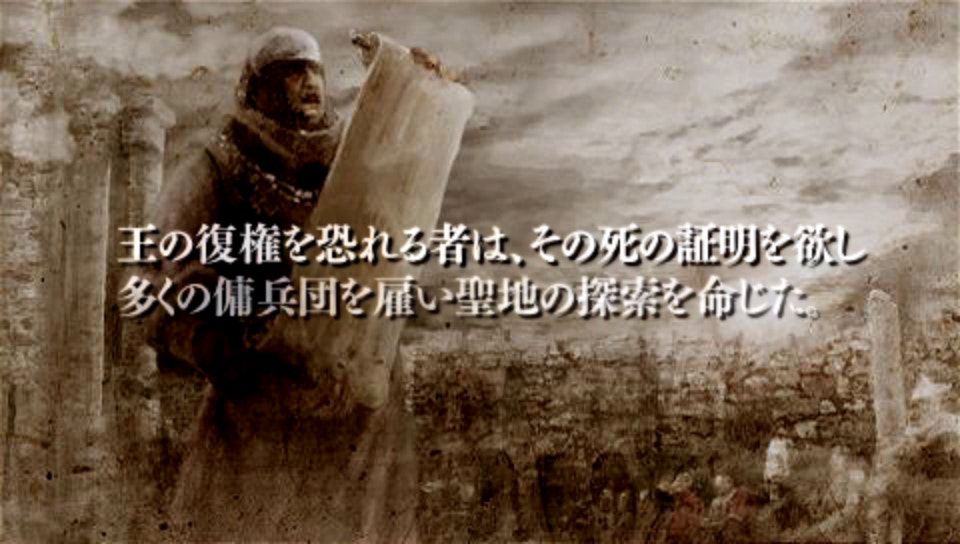
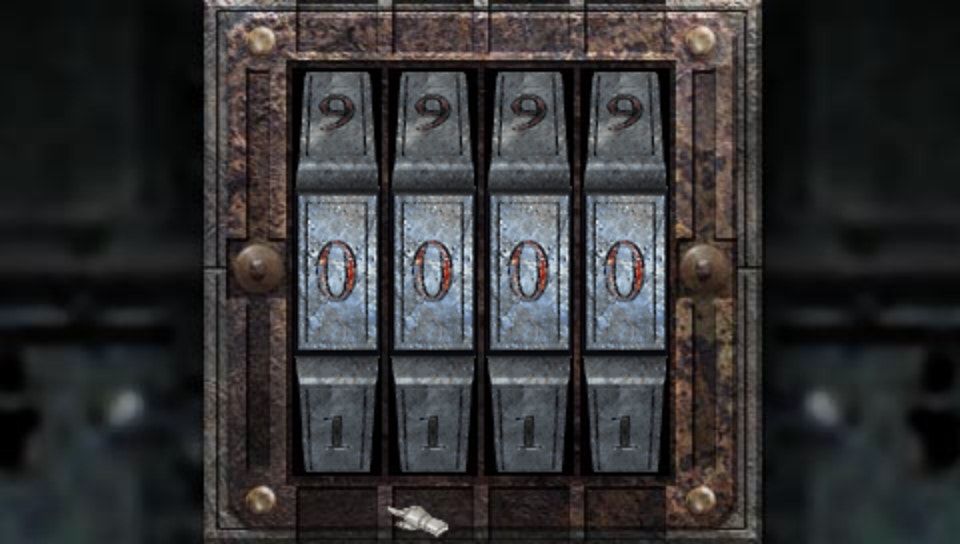
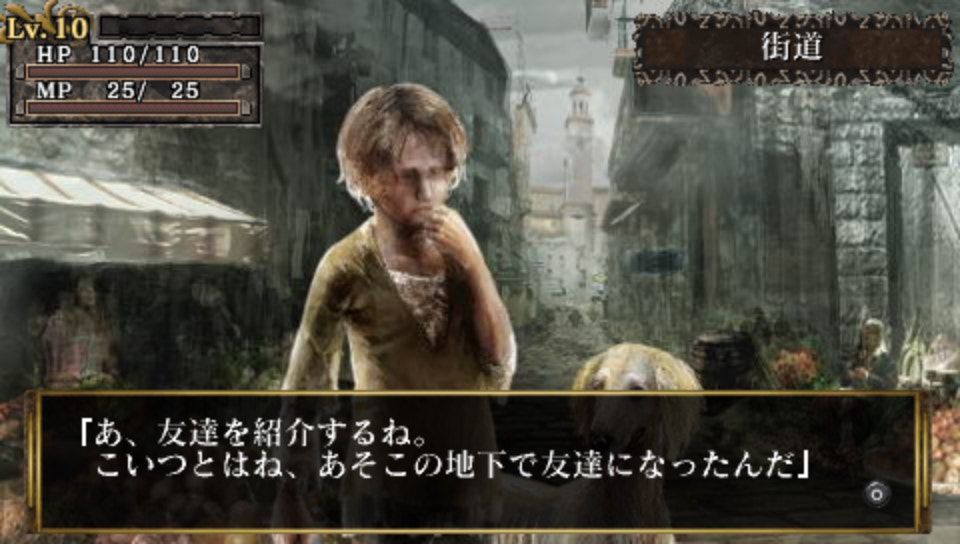
Source: Author.
As you move through the maze, you'll encounter your previous captain who is now controlled by the king (along with a couple of shady elves who warn you that you'll need to defeat the king to free him). Unfortunately, you'll end up having to kill the captain in order to even reach the king himself. However, defeating the previous ruler won't trigger the end of the game as you might have expected; matters instead take a turn for the worse with increasing earthquakes and demons emerging after the king's death.
Meanwhile, the elves have traversed even further into the cave thanks to their use of a magic circle. Following after them, you'll find the captain again. This time though, he's undead and wielding the Sword of Moonlight. But you aren't simply fighting him again. Now you're fighting the elves too, who were doing Guyra's bidding all along. You walk in before the dragon has time to generate, and you kill it. Having defeated evil, the protagonist can finally return the Sword of Moonlight to Verdite.
King's Field Additional II takes place over ten years after the previous game. There has been a rise in natural disasters, and an earthquake partially destroys the town of Trauzit. Those who knew of what transpired in the maze worry that the king might have returned, and some claim to be eyewitnesses to this fact.
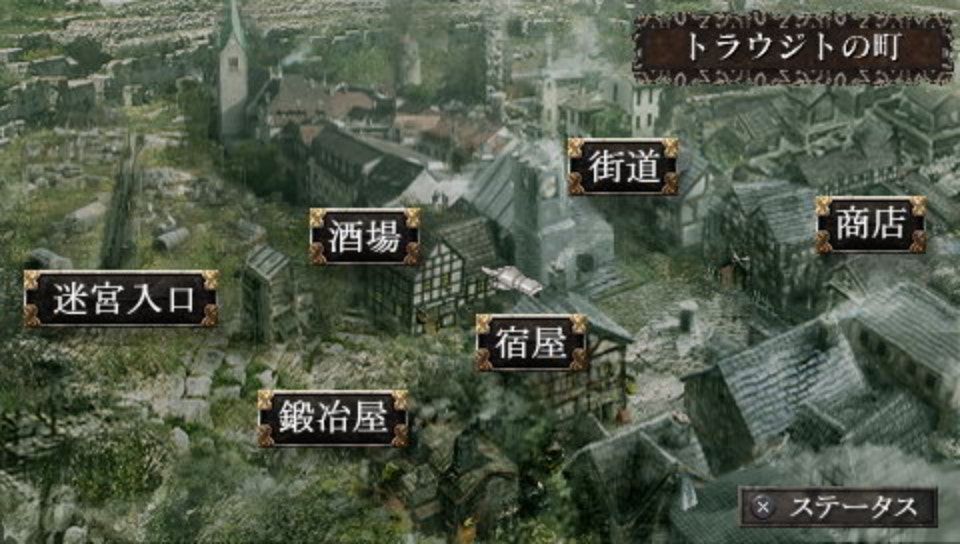
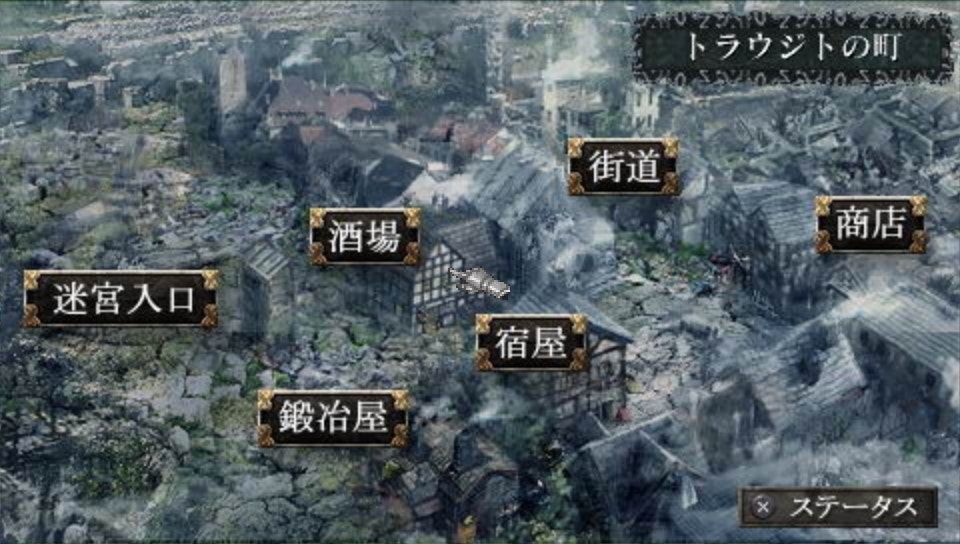
Source: Author.
The earthquake has also unsealed the maze, which has been closed off since the events of the previous game. We have a new protagonist, whose father is tasked with leading a team to examine the damage the town received (as well as to check the status of the maze). But, when the protagonist is notified of his father's untimely death, he decides to go there himself to find out what really happened.
Despite the devastation and rubble, the locations we were able to enter in the previous game still exist and can still be traversed. If you go to the bar to talk with the locals, a mercenary will tell you that there's nothing in the maze itself, and that investigating your father's death will simply distract from the investigation that's still ongoing. You get the sense the locals are trying to hide something.
When you talk with the soldiers in the maze, you're told that you'd better not get in their way. You learn that they are exploring the lower levels of the maze, despite the fact that the earthquakes haven't stopped and that the entire structure could collapse at any moment. As you progress, you'll begin piecing together what's going on; it seems your dad did something - or was blamed for having done something - related to the monsters inside.
You'll eventually meet with some soldiers at the same time a beast appears to attack them. Defeating said beast will earn you the trust of at least some of the soldiers, while others will think either you or your father is controlling the beast in the first place. As you progress further downward, you'll finally find your father, who is not only alive but is using the king's crown to control a similar beast to the one you just defeated. Your father is here to kill the "black dragon". He'll leave without offering any real explanations, though not before blocking your path with a wall of flame, and saying you probably won't be able to meet again.
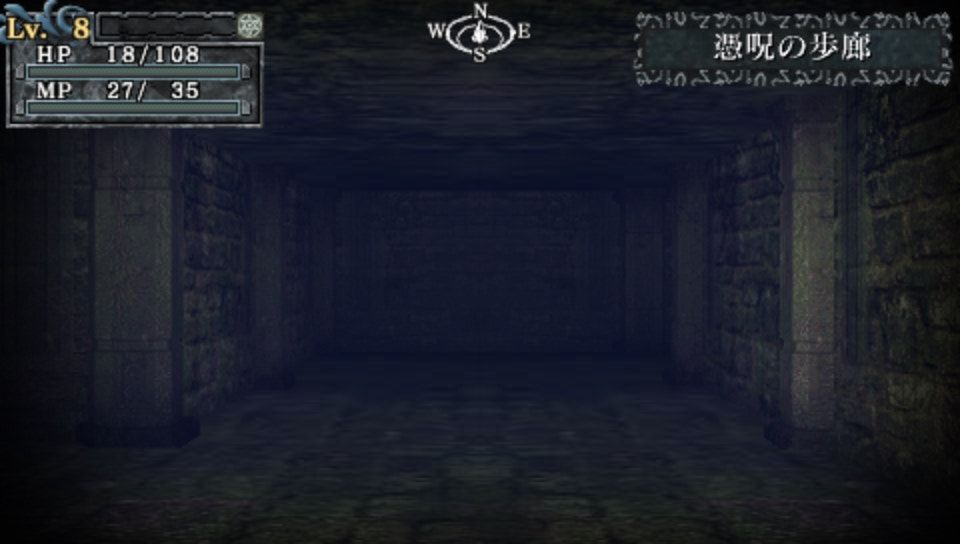
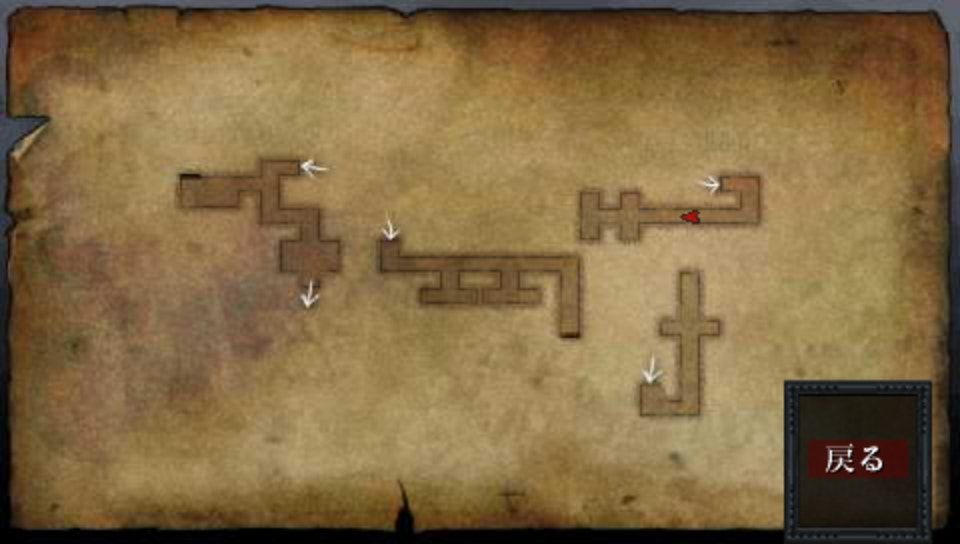
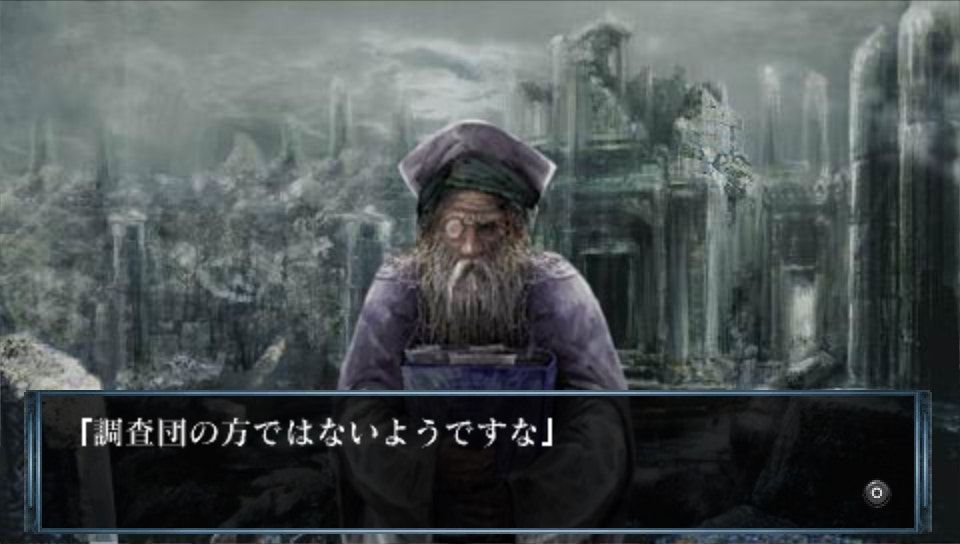
Source: Author.
After you extinguish the flames and delve ever deeper into the maze, you'll see a shadowy figure (characters in the maze all look like shadowy blobs until you're right next to them). As you prepare for the final encounter with your father, you realize he's already down on the floor heavily wounded. Beside him is a young and naïve soldier and an old scholar (who has appeared in both this and the previous game), who is now donning the king's crown to control the beast and send it upon us. Once you have defeated the beast, your father will tell you his final words; he accuses the scholar of being the black dragon, and that he must be stopped before it's too late.
But before you reach the scholar, a mysterious man (possibly the protagonist from the previous game) will hand you the Sword of Moonlight. You'll also encounter and battle the young soldier you saw earlier in the maze; defeating him will grant you the Dark Slayer he carries. Finally, you'll find the scholar who becomes Guyra (or at least, who is consumed by it in order for it to regain a physical form). From here, the game branches out into two endings:
- The first sees the whole maze collapse after you defeat Guyra, and nobody ever discovers the truth of what happened there.
- The second has you fighting a fusion of Guyra and Seath, who blames humans' foolishness for fighting each other, and suggests it's always easier to blame someone else for your own downfall. In this scenario, the maze still collapses, but this time we learn that the earthquakes stopped, the protagonist survived, and the two swords (Sword of Moonlight and Dark Slayer) are sealed in a treasure room within the Verdite Kingdom.
Presentation
I won't mince my words here: these games look and feel cheap. The in-game portraits feature decent artwork, but they aren't animated. In fact, this lack of animation extends to most cutscenes and enemies, who usually just feature some stretching textures. The texturing found in the dungeons themselves is highly repetitive, NPCs simply appear as a shadowy blob until they're very close to you, fire is a very simplistic animation, and even movement essentially consists of teleporting around. As a result of these factors, the games end up feeling rather lifeless.
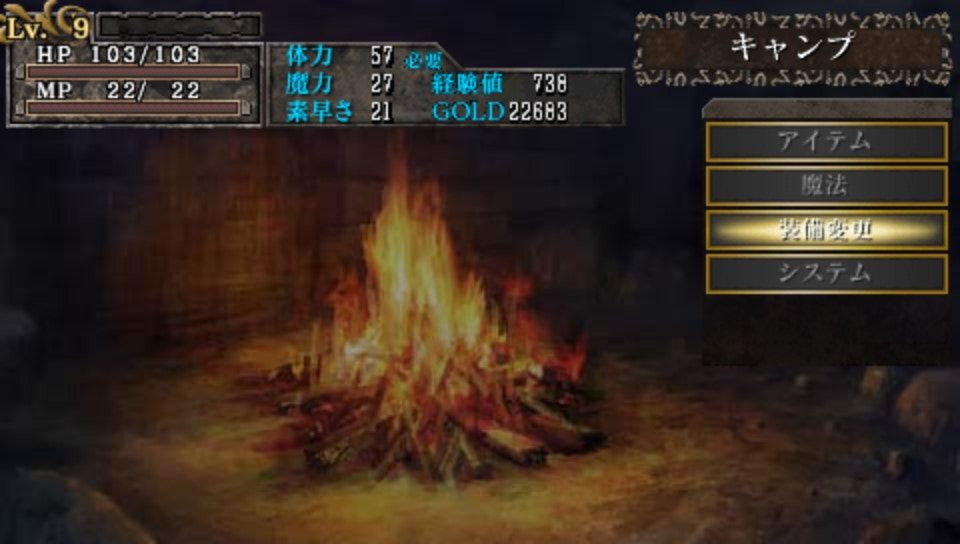
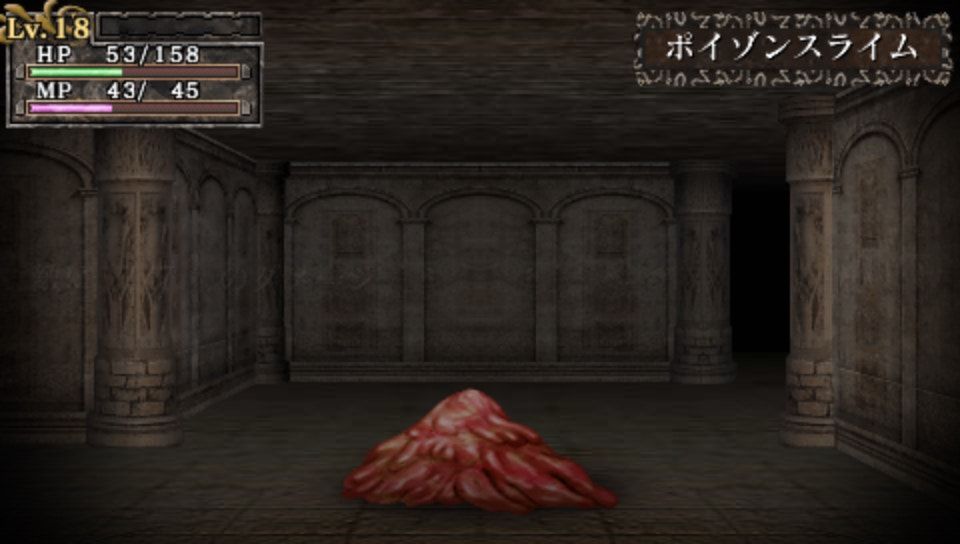
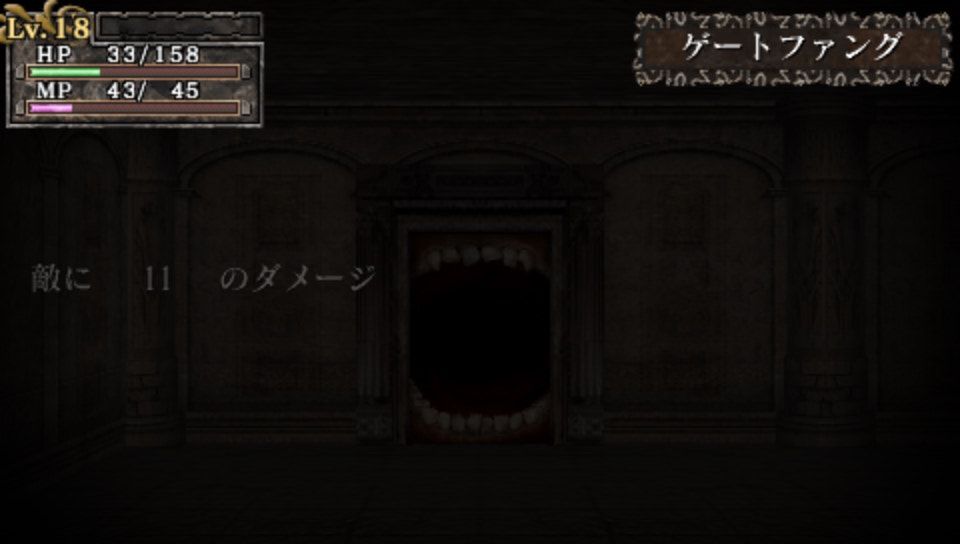
Source: Author.
In King's Field 2 and 3, you could move from one end of the map to the other without loading screens getting in your way. But here, you'll see them when changing floors, moving through certain doors (without even changing floor), and even when going into the menu to change equipment. When you consider that the PSP is more powerful than the original PlayStation, and that the dungeons and creatures here are far simpler by comparison to the original console game, the final product is disappointing.
Thankfully, the music fares better (even though a number of the tracks are pulled from previous games). Dungeons feel suitably dark and dangerous thanks to the orchestral-style music. There are also a few locations in town you can visit that feature less gloomy arrangements, and which feel appropriate to the settings. The sounds effects are not brilliant, but do the job.
Gameplay
In these games, you move around on a grid, which greatly simplifies exploration. Another impact of this design choice is that moving around feels faster in general. The problem, though, is that the encounters are random - and common - so you'll frequently be stopped in your tracks by an enemy. You can't move during combat, meaning you can't dance around attacks; instead, you can hold up a shield* to reduce damage (although this drains your strength).
Your strength meter still determines the strength of your attack, and magic work similarly. But as you don't need to worry about multiple enemies, moving, or aiming, combat can quickly become monotonous. It doesn't help that your weapons degrade** as you use them, so you'll have to return to town to get them repaired from time to time.
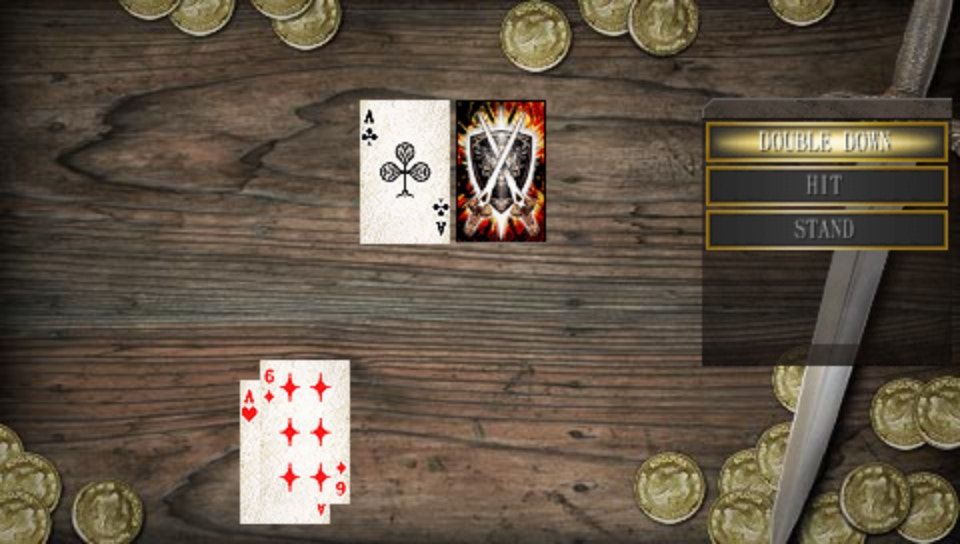
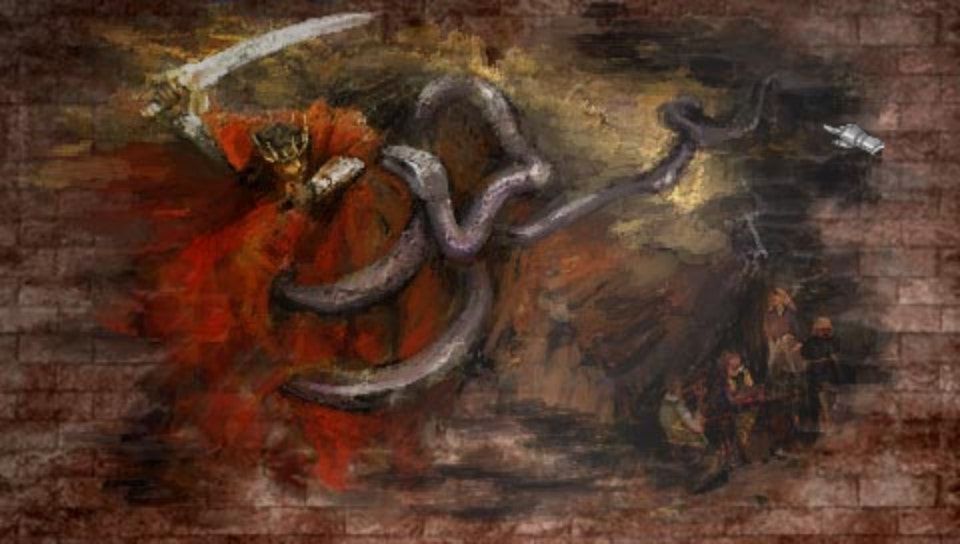
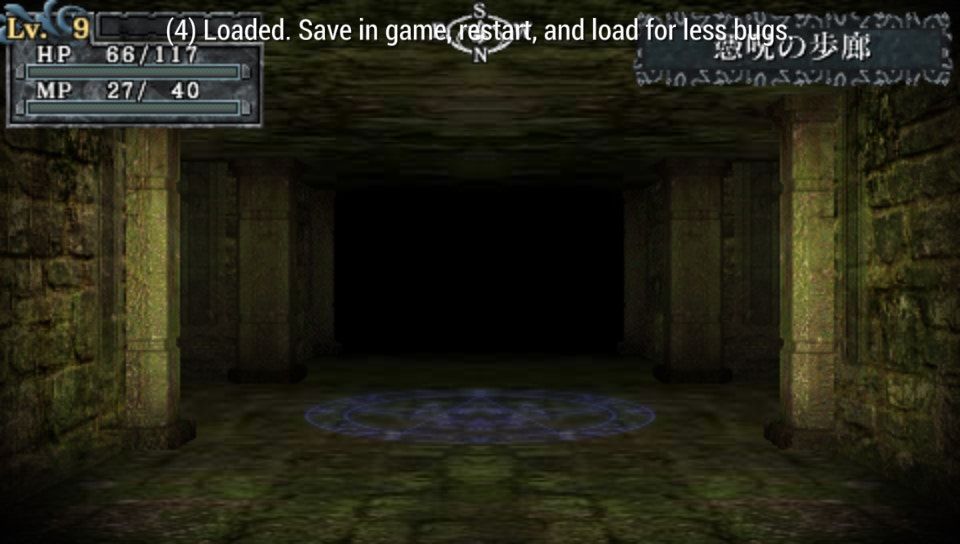
Source: Author.
Inventory management was also implemented here. Your items are split into two categories (one for consumables and equipment, and the other for important items). But the former only holds 12 items, so if you are holding something you don't want to lose (but that isn't useful right now), you can sell it and re-buy it later.
You'll still have to hug the walls to find secrets, too; the inability to sidestep doesn't make this process any easier. There are also a bunch of traps and other dangers inside dungeons, and you can easily die within 10 seconds of entering the first one if you aren't careful (if you step into the fire, or go for the chest near the beginning - and fail to explore the wall for a hidden door - you'll die).
You can visit a few locations in town: an inn to heal, a blacksmith to repair your weapon, a shop to buy items, and the bar and street to chat with NPCs (who sometimes reveal useful information). And if you feel like doing some betting, the bar also has poker, Hi-Lo, black jack, and roulette. This game doesn't auto-save, so you can always re-load if you lose.
While not terrible, I don't think the PSP games are compelling enough as dungeon crawlers to recommend on gameplay alone. And there are enough differences here that it seems unlikely these editions will appeal to fans of the mainline King's Field series. This is not to mention the fact that both games had a retail price of around $34USD (¥3,990) for each game (at least for the physical releases). The digital versions, while much cheaper (around $10USD or ¥1,200) are sadly no longer available due to the closure of the PSP's PlayStation Store in 2021.
Even if you love the rest of the franchise, it would be hard for me to recommend these editions. Nevertheless, they are fascinating games to examine, and despite their relatively low quality overall, they make a good case for the urgency of gaming preservation.
